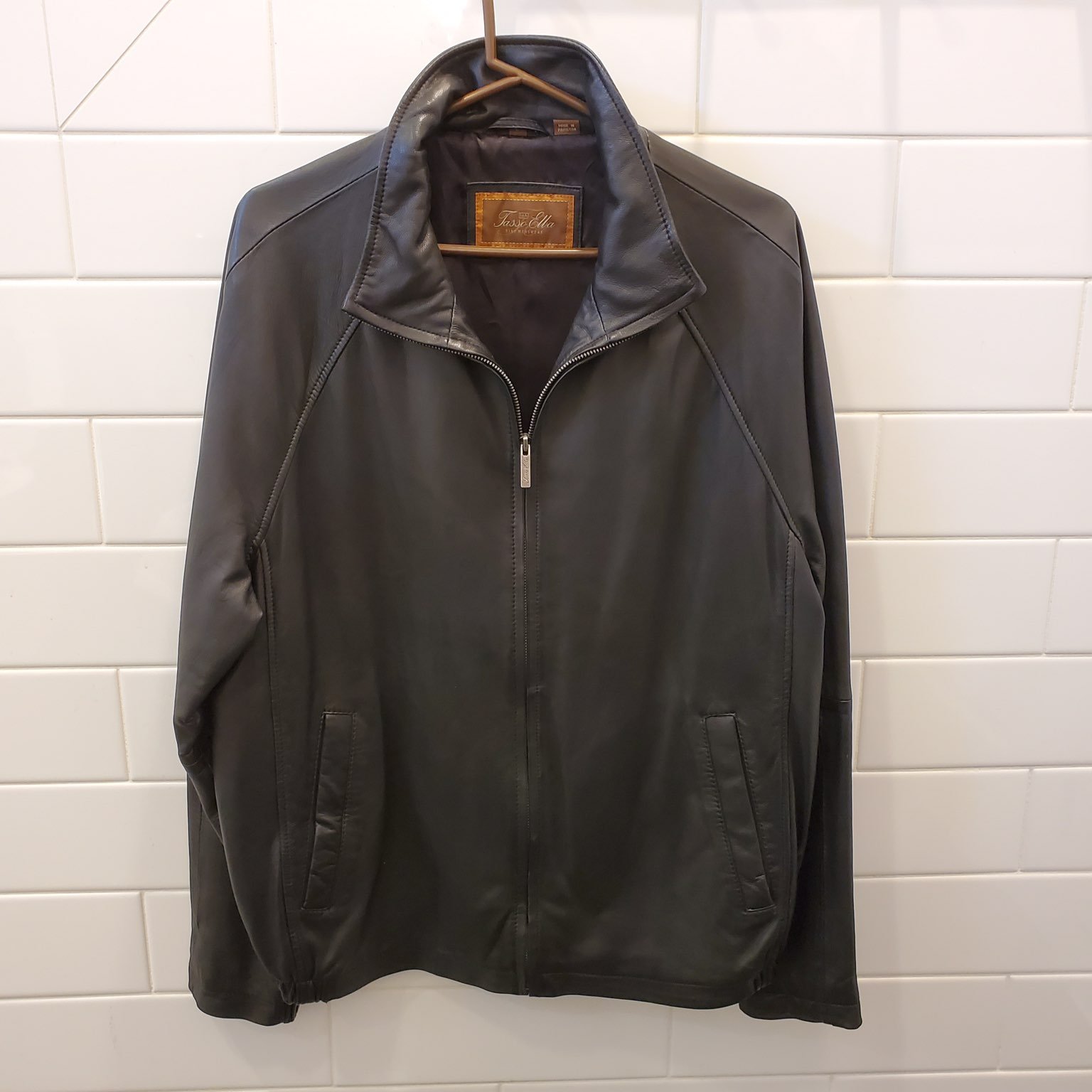
Vintage Envoy The Now Jacket
 Limited Time Sale
Limited Time Sale$18.80 cheaper than the new price!!
Free cash-on-delivery fees for purchases over $99
Product details
| Management number | 1156513 | Release Date | 2025/07/07 | List Price | $34.91 | Model Number | 1156513 | ||
|---|---|---|---|---|---|---|---|---|---|
| Category | |||||||||
Introducing the, Vintage Envoy The Now Jacket a stylish and warm piece perfect for the 70s theme. Made with high-quality cotton corduroy material, this short length jacket features a zip closure and a point collar style. The brown color and nylon lining add to its overall appeal.
This jacket is perfect for casual occasions and can be worn in winter, fall, and spring seasons. The jacket is lined and insulated with cotton, making it a comfortable piece to wear. The jacket is available in size M and has a chest size of 44 inches. Get your hands on this vintage jacket from the renowned brand Envoy, made in Singapore.
Approximate Flat Measurements:
17” shoulder
22” armpit
22” waist
25” long
24.5” sleeve length from shoulder
The zipper sticks a bit but does work. There is a button missing from the back of the jacket. It has a flaw at the armpit seam but is still closed; just needs to be reinforced.
Correction of product information
If you notice any omissions or errors in the product information on this page, please use the correction request form below.
Correction Request Form
























